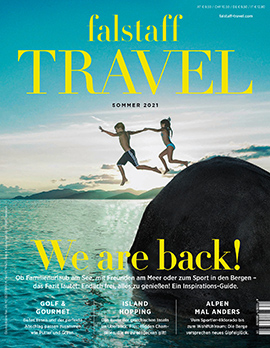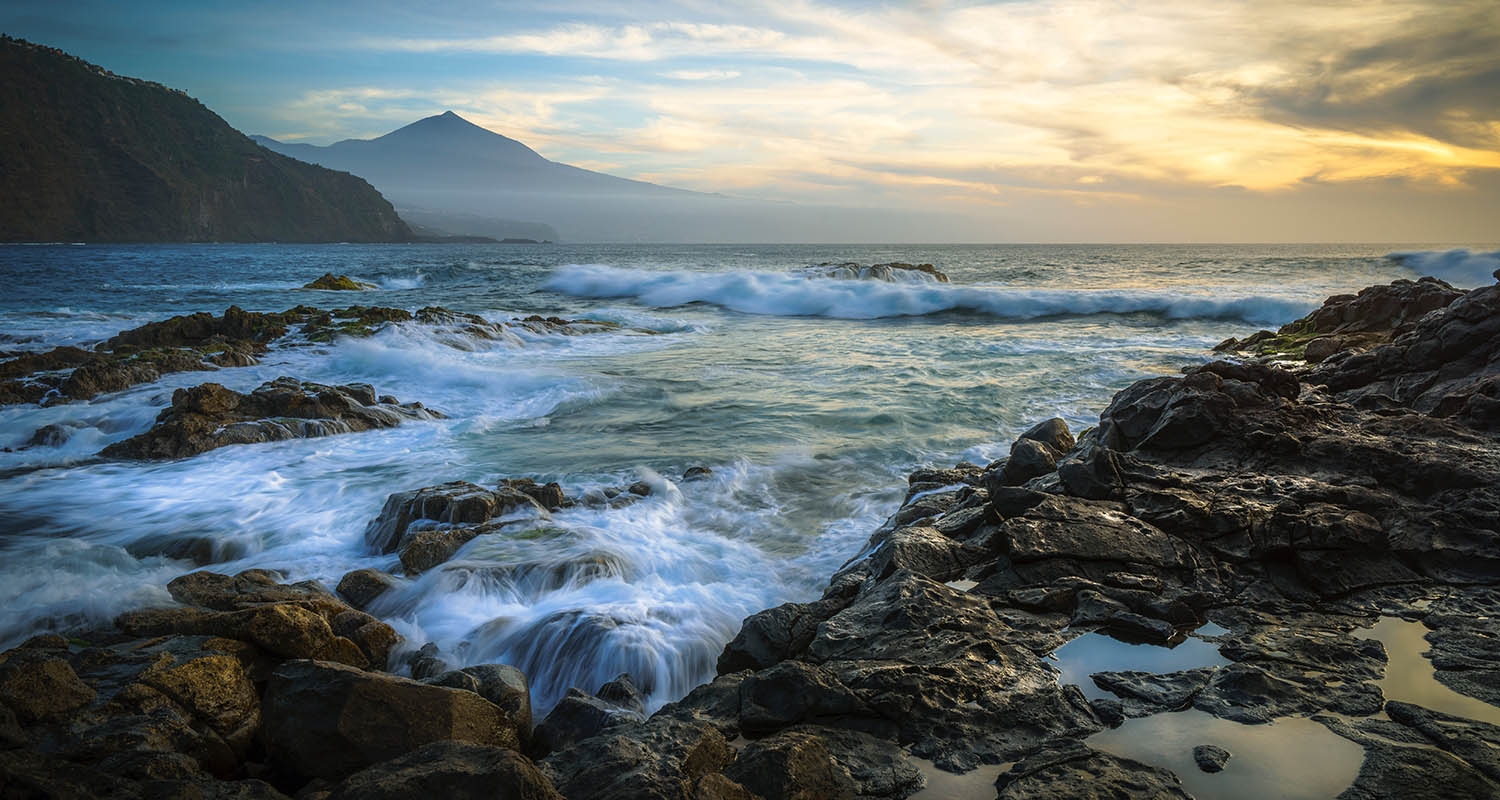
The Canary Islands are pioneers in the protection of the seas
This preserves the spectacular biodiversity of the Atlantic.
18 June 2021
The Canary Islands are considered home to more than 500 exceptional species. Most of them live in the waters of the Atlantic Ocean around the Canary Islands. This sets the underwater world off the coasts of the archipelago apart from the rest of Europe. To ensure that it stays that way, the Islands provide countless measures that ensure the preservation of the ecosystem and biodiversity. The popular holiday destination is already considered a pioneer in the protection of the oceans.
The Atlantic: one of the most extraordinary marine regions in the world
In front of the Canarian shores, north Atlantic and southern ocean currents meet. Due to the different temperatures, the individual currents do not mix with each other. The demarcation can be seen as clear lines on the water surface and provides a unique, marine richness around the Canary Islands and makes the waters around the Canary Islands one of the most extraordinary marine regions in the world.
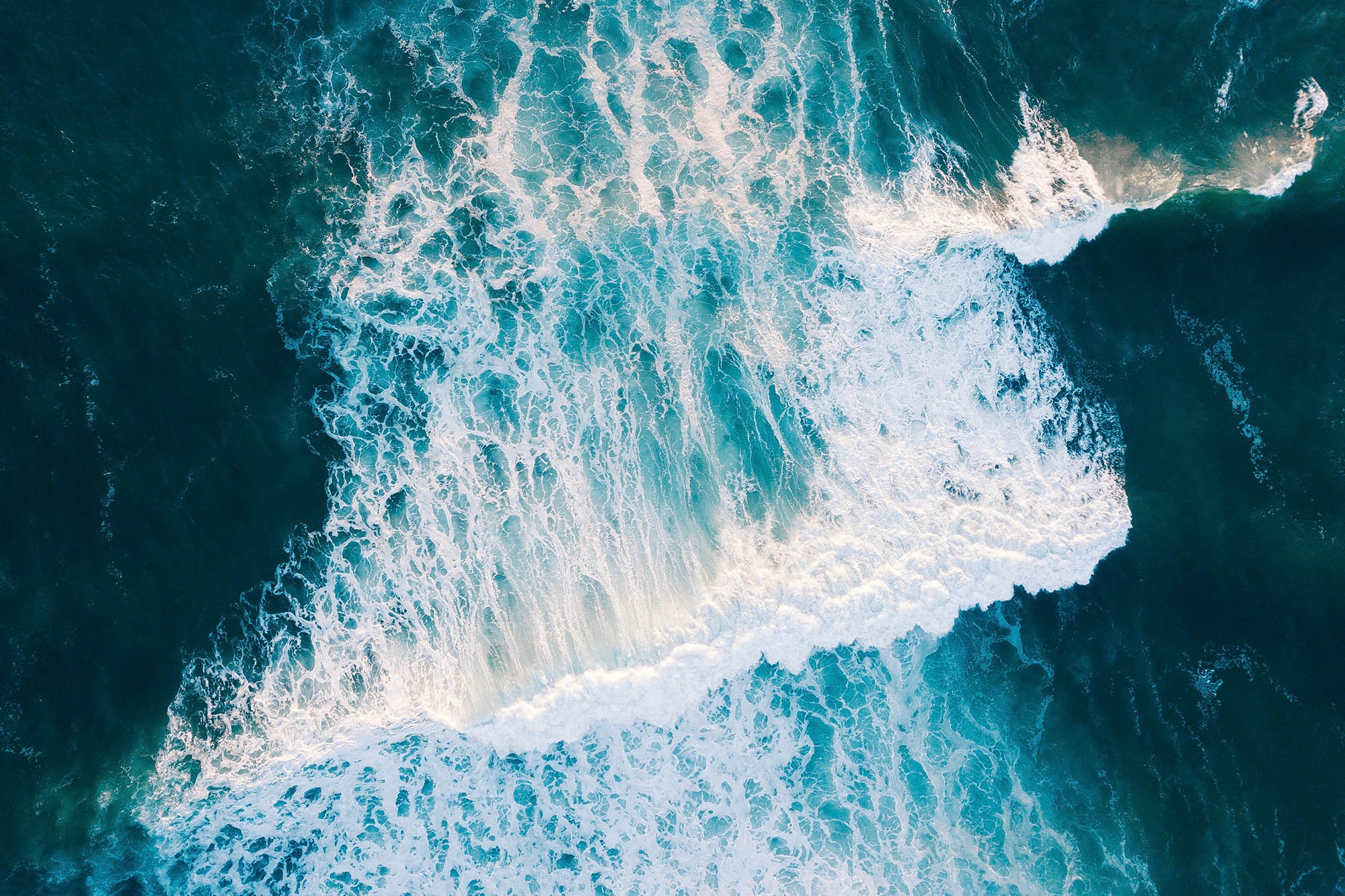
Countless animal and plant species live in this area and need to be protected. Off the islands of La Palma, El Hierro and La Graciosa are also a total of three marine protected areas, which are particularly important in terms of their ecological value and their importance for the sustainability of the oceans. This is because the Atlantic is also home to many species vital to the local ecosystem's functioning cycle. These include turtles, tuna and sharks, for example.
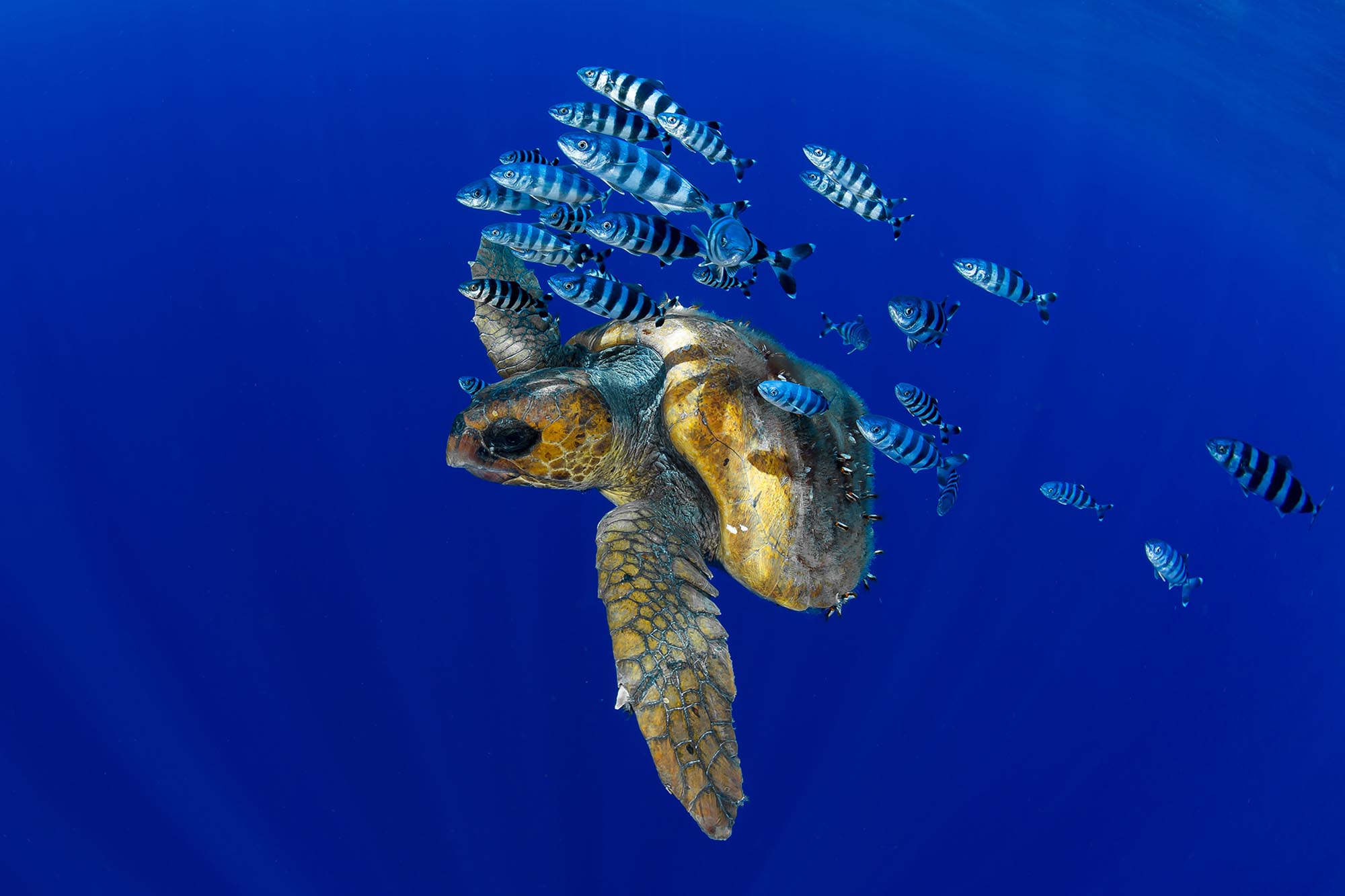
Furthermore, the water quality is so good that the strip of sea between Tenerife and La Gomera was recently officially designated a whale sanctuary by the World Cetacean Alliance (WCA). As one of only three such protected areas in the world, there is always enough food and nutrients for large whale populations in this region.
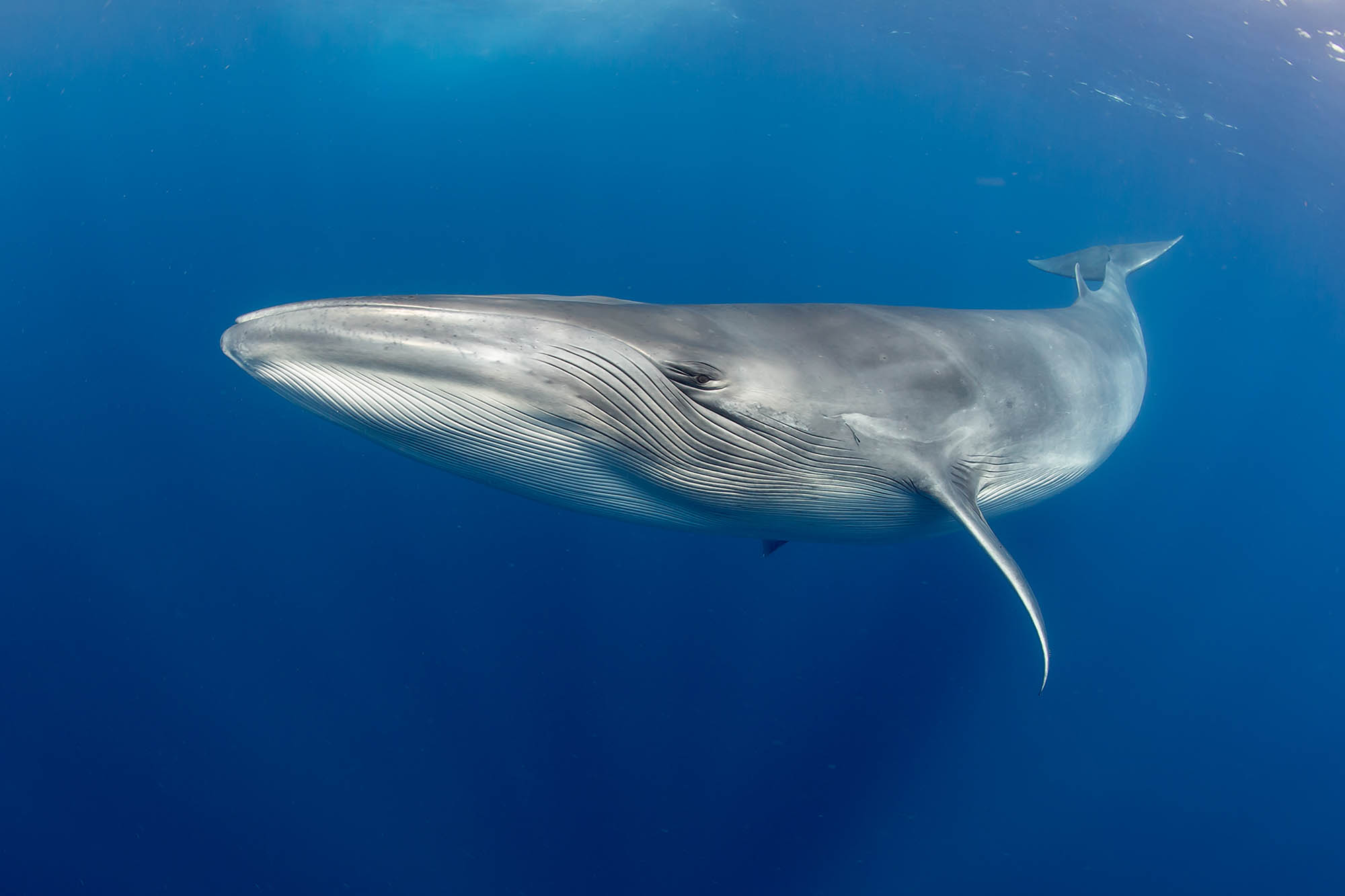
Exceptional biodiversity around the Canary Islands
The International Organization for the Protection of the Oceans, Oceanahas analyzed the biodiversity of the seas of the Canary Islands. They were able to catalogue more than 500 different species. Among others, sharks and rays feel particularly comfortable in the region, even the Norwegian stingray, which was considered extinct, was spotted by scientists off Fuerteventura. In addition, many extremely rare and sometimes spectacular species swim in the waters, such as the white octopus, the pyramid mussel or the orange roughy. The latter can live up to 70 years and is considered endangered because it reaches its reproductive age only after about 30 years.
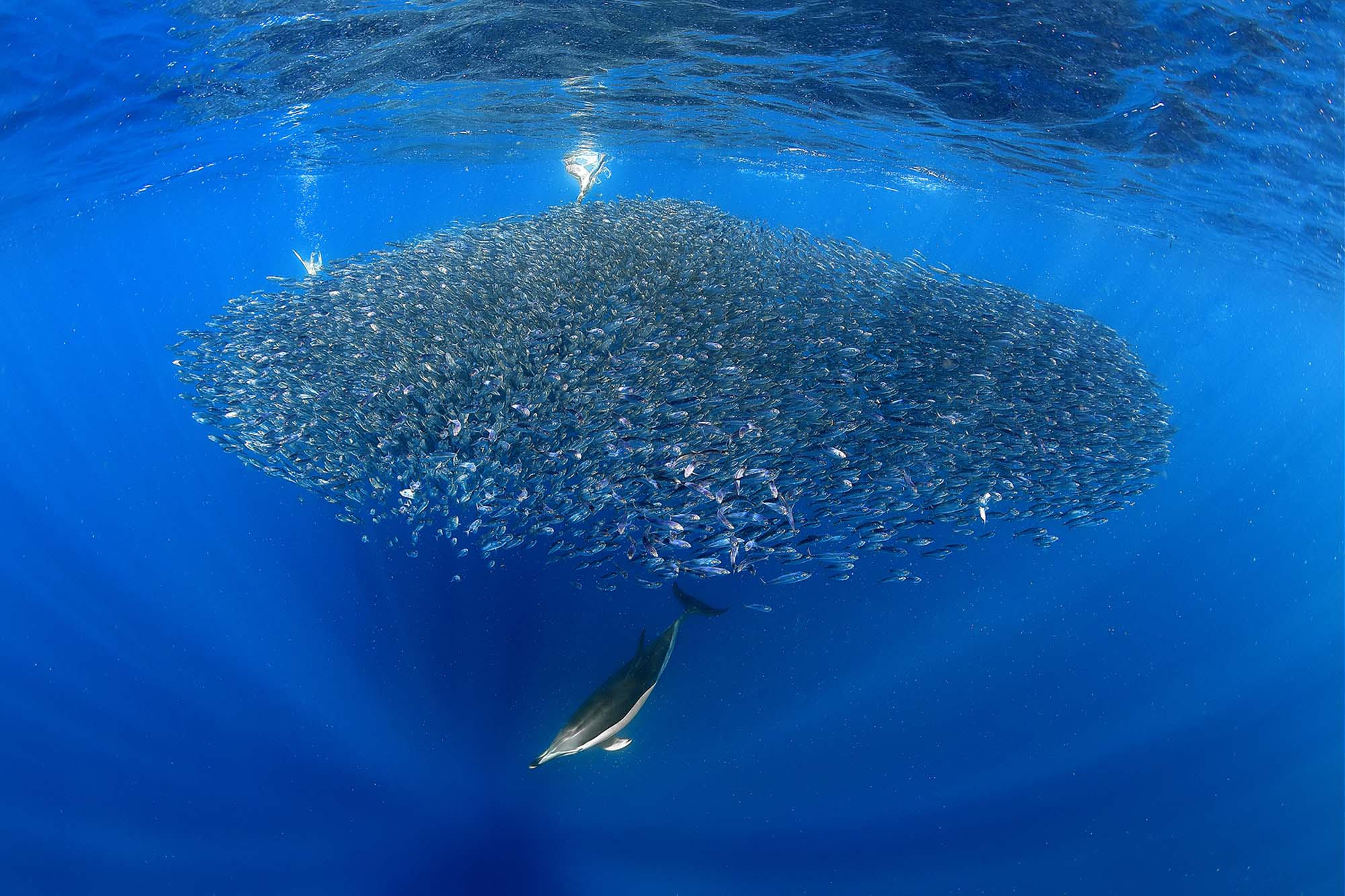
For divers from all over the world, the Canary Islands are a dream destination due to their rich waters. The clear water, the volcanic seabed and the countless caves and shipwrecks make for unique experiences.
Small-scale artisanal fishing - for the sake of the environment
One reason why the waters off the Canary Islands remain so wonderfully diverse and intact to this day is the small-scale artisanal fishing that has a long tradition on the islands and keeps the ecosystem in balance. "The ocean is my family," explains Francisco Martin Acevedo, fisherman and head of a small fishing business in Tenerife. "Small-scale fishing is in the genes of the Canary Islands, because it preserves the marine environment and therefore protects the world's oceans."
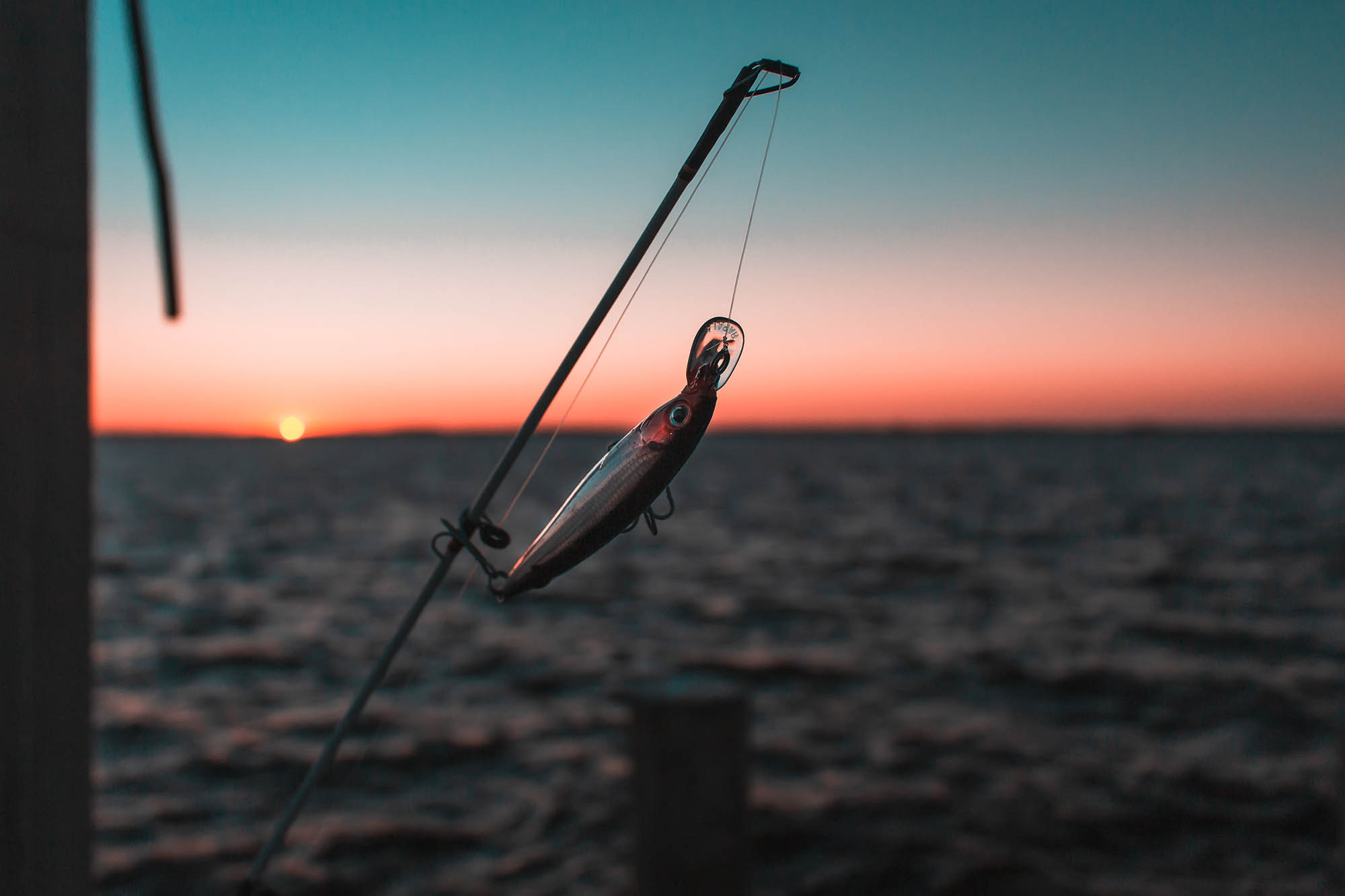
In Gran Canaria, researchers have found bone hooks and spherical stones with grooves that may have been used as weights or sinkers for fishing and were used as fishing tools by the locals countless decades ago. To this day, the time-honoured way of fishing in the archipelago has hardly changed. The fishermen do not rely on technological innovations but practice fishing as their ancestors did. They always stay close to the shore to disturb the marine life as little as possible. "We are very aware of the need to take care of the oceans because we know that the water is always the same and only changes its place with the currents. The sea always returns, and that's why we respect it," stresses Francisco Martín Acevedo.
